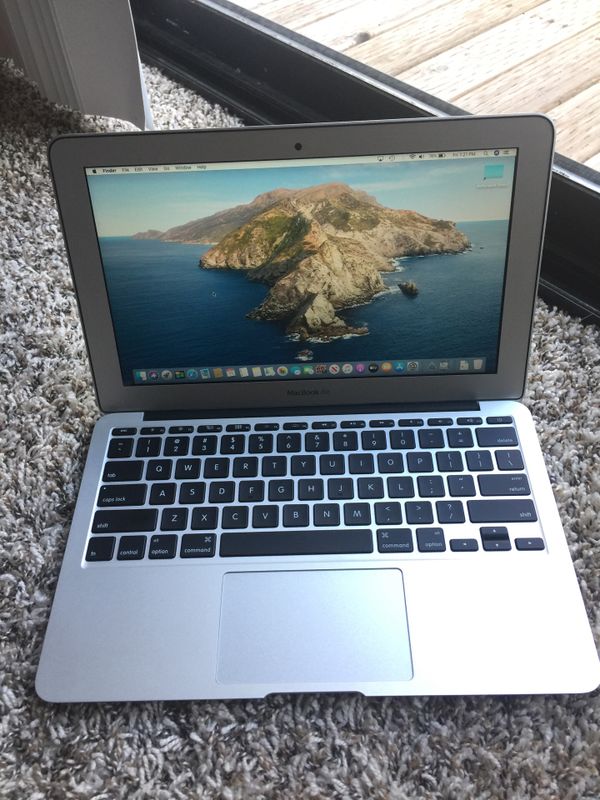
Apple provides a handy list of compatible Macs, but here we summarize the list: Step 1: Check that your Mac is compatible Dan Baker/Digital Trendsįirst, make sure your Mac can run Catalina. You can grab Catalina simply by loading the Mac’s App Store - the only cost is your time and bandwidth.īelow, you’ll find our easy step-by-step instructions on how to download MacOS Catalina 10.15. And just like Windows 10, upgrading to the latest version is completely free. Mac owners should consider upgrading to the latest version on a security level at the very least, just like Windows. Step 1: Check that your Mac is compatible.For iMac10,1 through iMac12,x, we highly recommend users upgrade the GPU to a Metal supported model.GPU is socketed, recommend upgrading to Metal GPU (opens new window) Stock Bluetooth 2.0 card non-functional Requires an SSE4.1 CPU Upgrade (opens new window) UHCI/OHCI support in Public Beta, see current issues ( #1021 (opens new window)) GPU Acceleration in Public Beta, see current issues ( #108 (opens new window)) No GPU Acceleration in Mavericks and newer May support 10.4 and newer (in a potentially broken state). Refers to OSes that can be patched to run with OpenCore Supports 10.7+ if Python 3.9 or higher (opens new window) is manually installed, simply run the mand located in the repo Refers to OSes where running OpenCore-Patcher.app are supported

Machines with only YES can run all of the supported macOS versions offered by OpenCore Legacy Patcher. Machines listing YES - Ventura and older means they cannot run macOS Ventura at this time.The below table will list all supported and unsupported functions of the patcher currently: System_profiler SPHardwareDataType | grep 'Model Identifier'


 0 kommentar(er)
0 kommentar(er)
